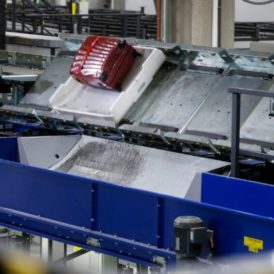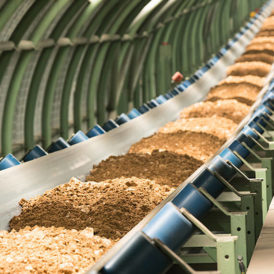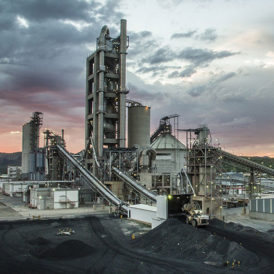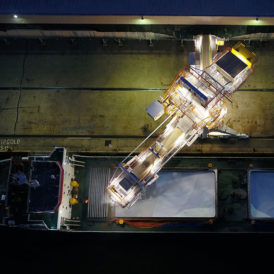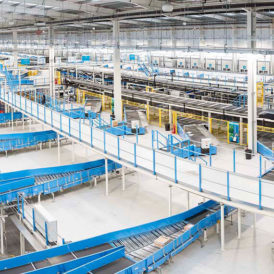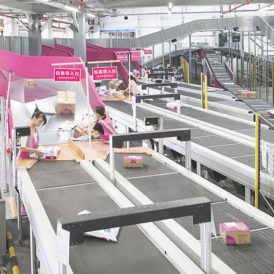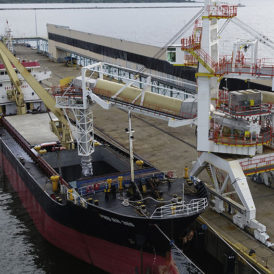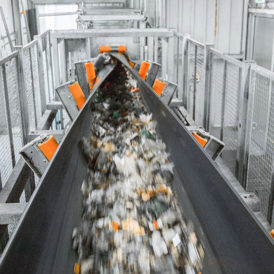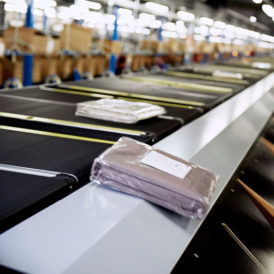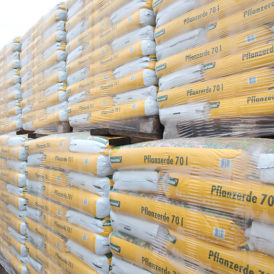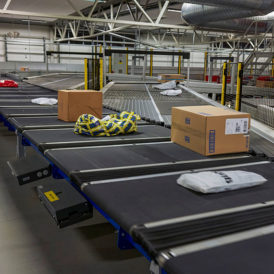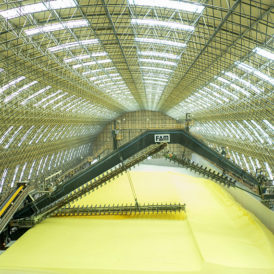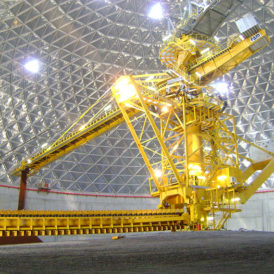Strategic considerations for investing in automation
Investing in automated sortation and conveyor systems is a significant, capital-intensive decision for any W&D and fulfilment centre.
Whether expanding an existing brownfield facility or building a new greenfield site, it is essential to ensure that these systems meet current and future business needs. To maximise return on investment, businesses must carefully map out their processes, identify bottlenecks, and plan their systems design accordingly.
Before selecting specific technologies, distribution centres should thoroughly analyse their operational processes.
This involves identifying key challenges relating to speed, staffing, costs, storage, or handling returns and understanding how these issues impact overall efficiency.
By mapping out these processes, supply chain managers can develop a tailored approach that best suits their needs and ensures long-term viability.
Once this groundwork is laid, managers can determine which operation aspects would benefit most from automation. It is advisable to seek the expertise of a knowledge partner in intralogistics, such as BEUMER Group, to guide this process and ensure that the chosen solutions are future-proof.
Want to know how you make the correct investment? How to make a business case for implementing a material handling system
Enhancing operations beyond automation
While automation is a critical component of modern fulfilment and distribution operations, there are additional strategies businesses can implement to further optimise their material handling systems.
One area that has become increasingly complex is the management of returns, particularly in the e-commerce sector, where return rates can reach as high as 60%. Handling these returns (reverse logistics) involves multiple steps, including quality checks, relabelling, and repacking, all of which add to the complexity and cost of operations.
The pouch sorter system can play a pivotal role in simplifying the returns process.
By automatically consolidating returns with newly picked items, the pouch system allows facilities to prioritise the return of goods to customers, thereby eliminating the need for additional storage and manual picking. This streamlined approach speeds up the returns process and makes items immediately available for resale, reducing costly touchpoints and improving overall efficiency.
The future of fulfillment and distribution technology: Robotics and data analytics
But it doesn’t end there. The next evolution in automated fulfilment and distribution technology will involve integrating sortation systems with robotics and data analytics.
The goal is to create fully automated, end-to-end material handling systems that leverage historical and real-time data, machine learning, and artificial intelligence to optimise every aspect of warehouse operations.
Pouch technology, combined with advanced robotics, has the potential to redefine industry benchmarks for efficiency and throughput.
The seamless integration of these technologies will enable warehouses to automate and optimise nearly all processes, from sorting and sequencing to returns management.
As the industry continues to innovate, the adoption of more advanced robotics and data-driven solutions will be key to creating the warehouse of the future—a facility not only more efficient but also capable of adapting to the ever-changing demands of the market.
Takeaway
The warehouse, fulfilment and distribution industry stands at the brink of a new era, where the demands of e-commerce and the need for greater efficiency are driving significant technological advancements.
Next-generation material handling systems, particularly those leveraging pouch system technology, are at the forefront of this transformation, helping warehouses navigate the complexities of modern fulfilment.
As businesses consider investing in automation, it is crucial to take a strategic approach, mapping out processes, identifying challenges, and selecting effective and future-proof solutions.
With the continued integration of robotics and data analytics, the future of e-commerce fulfilment operations promises to be more automated, efficient, and capable of meeting the evolving needs of the global supply chain.
